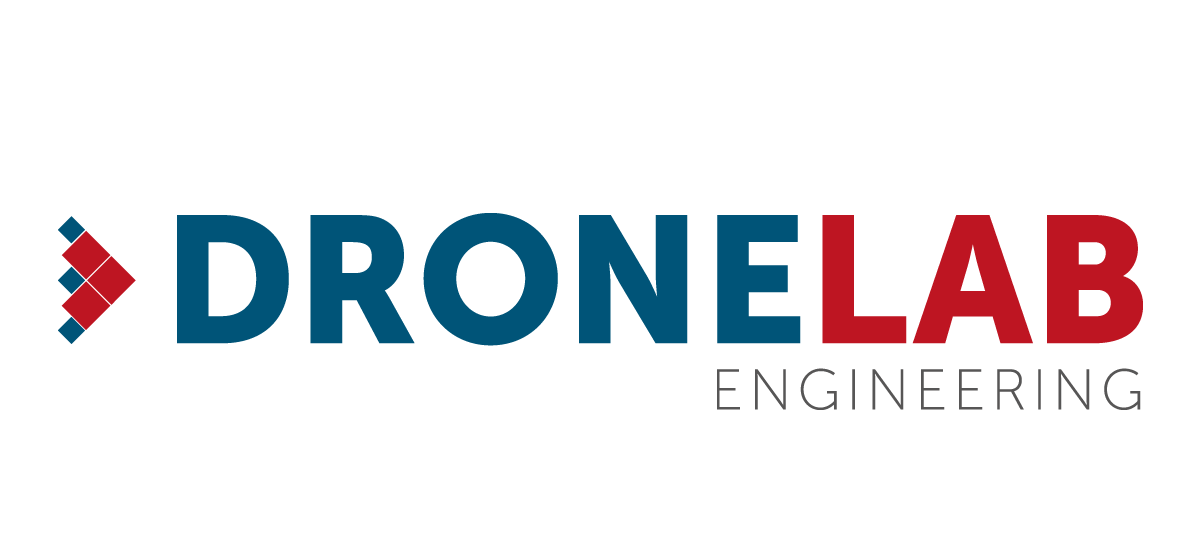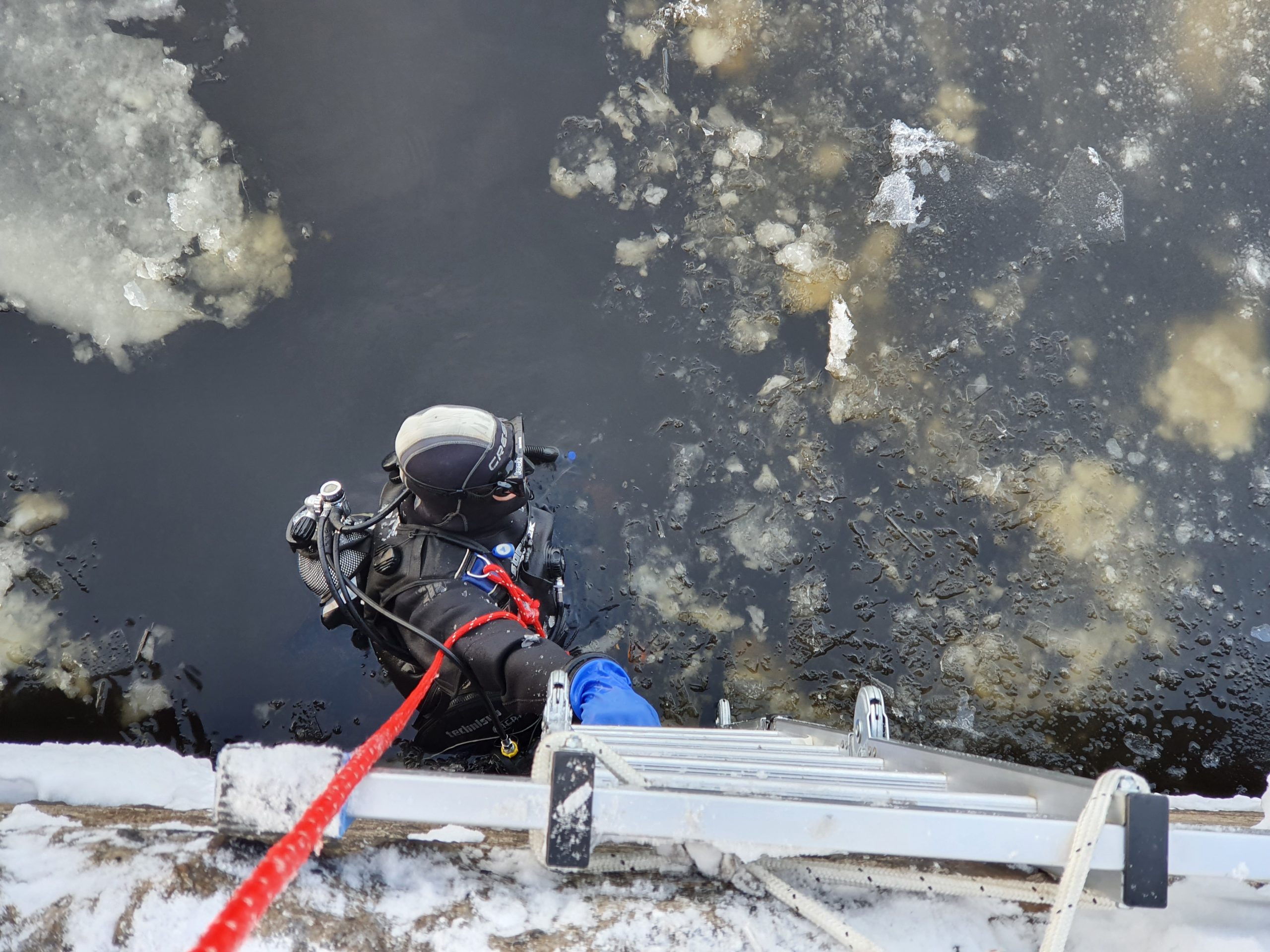Commercial diving is a profession that involves inspecting and repairing structures underwater. One of the most important tasks for commercial divers is bridge inspection. Bridge inspection requires specific equipment and methods to ensure that the inspection is done thoroughly and accurately. In this blog post, we will explore the methods and equipment used for bridge inspection in commercial diving and how to create professional reports.
Middle:
- Inspection methods for bridges:
The first step in bridge inspection is to determine the inspection method to be used. There are several inspection methods, including visual inspection, sounding, and non-destructive testing. Visual inspection involves examining the surface of the bridge for any signs of damage or corrosion. Sounding involves tapping on the bridge with a hammer to detect any hollow or weak spots. Non-destructive testing involves using specialized equipment to detect any internal damage or corrosion without damaging the bridge.
- Equipment for bridge inspection:
Commercial divers use specialized equipment for bridge inspection, including cameras, lights, and sonar. Cameras are used to take high-quality images of the bridge’s surface, while lights provide illumination for the camera. Sonar is used to detect any potential issues or damage in the underwater portion of the bridge.
- Professional reporting:
Once the inspection is complete, it is important to create a professional report to document the findings. The report should include a detailed description of the inspection methods used, the equipment used, and the results of the inspection. The report should also include any recommendations for repairs or maintenance that need to be made.
- Safety in bridge inspection:
Safety is of the utmost importance in bridge inspection. Commercial divers should always use proper safety equipment, such as helmets, gloves, and diving suits. They should also be properly trained in the use of the equipment and methods used for bridge inspection.
- Importance of bridge inspection:
Bridge inspection is an essential part of ensuring the safety of the public. It helps to identify any potential issues or damage to the bridge before it becomes a safety hazard. Regular bridge inspections can help to prevent accidents and ensure that the bridge remains safe for use.
Conclusion:
In conclusion, bridge inspection is a crucial task for commercial divers. It requires specialized equipment and methods to ensure that the inspection is done thoroughly and accurately. It is also important to create a professional report to document the findings and make any necessary recommendations for repairs or maintenance. Safety is of the utmost importance in bridge inspection, and it is essential to ensure that commercial divers are properly trained and equipped to do their job safely. Bridge inspection plays a vital role in ensuring the safety of the public and should not be taken lightly.
References:
- “Bridge Inspection: Types and Methods” by Civil Engineering Portal
- “Bridge Inspection Equipment and Tools” by Maxpro Technologies
- “Bridge Inspection: Safety Tips and Guidelines” by WorkSafeBC
Humor:
Why did the commercial diver inspect the bridge? To make sure it was “a-bridgeable” for everyone! Okay, maybe that wasn’t the best joke, but it does highlight the importance of bridge inspection in ensuring the safety of the public. So, let’s give a round of applause for the hardworking commercial divers who inspect our bridges to keep us all safe!

